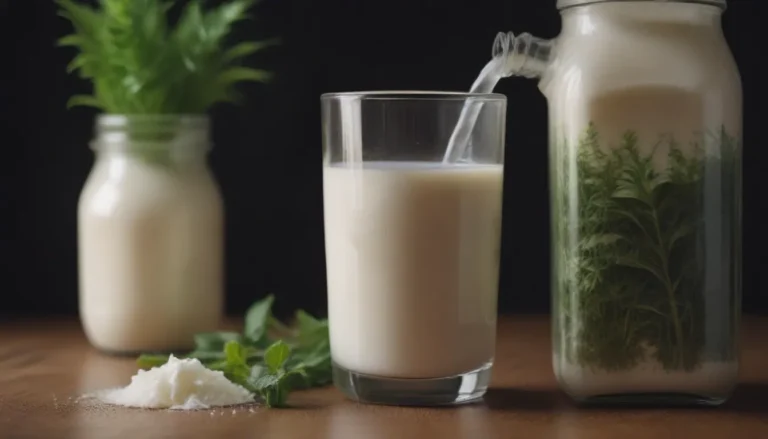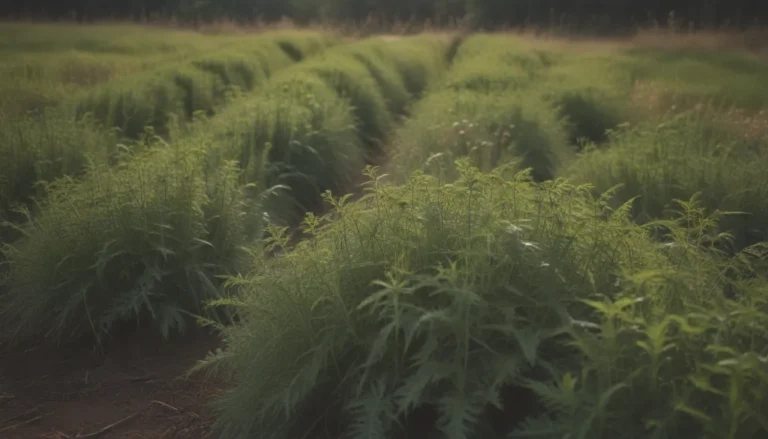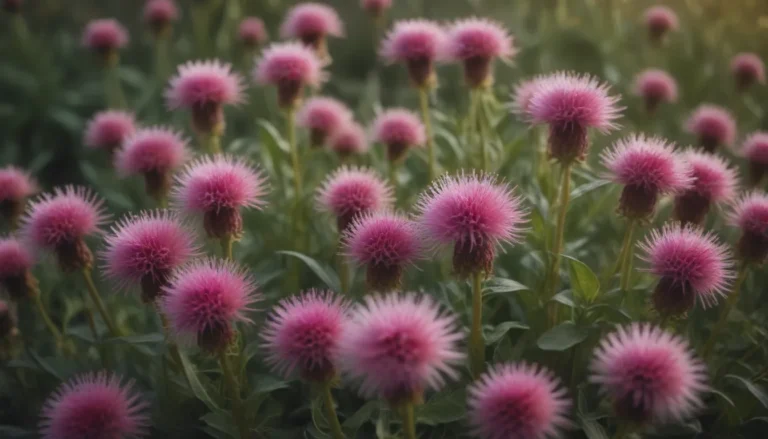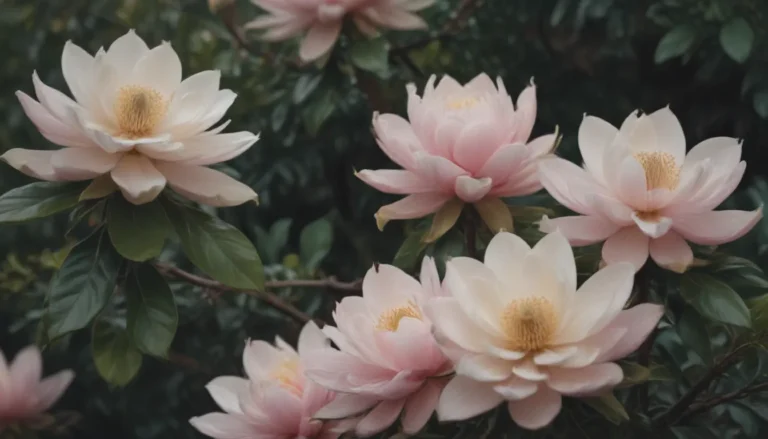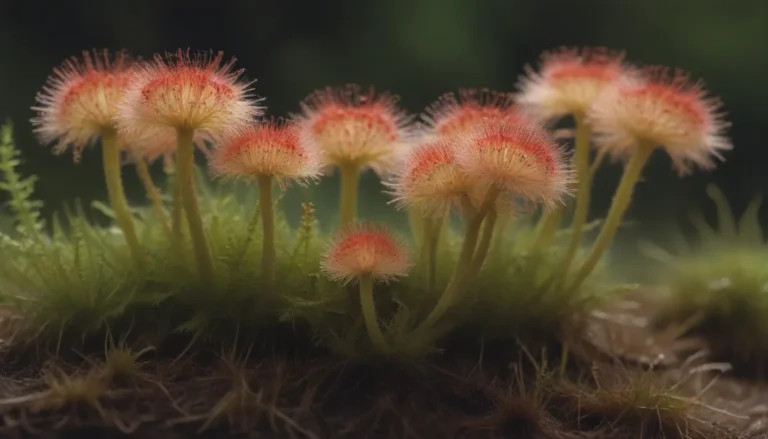How to Successfully Grow and Care for Chicago Hardy Fig
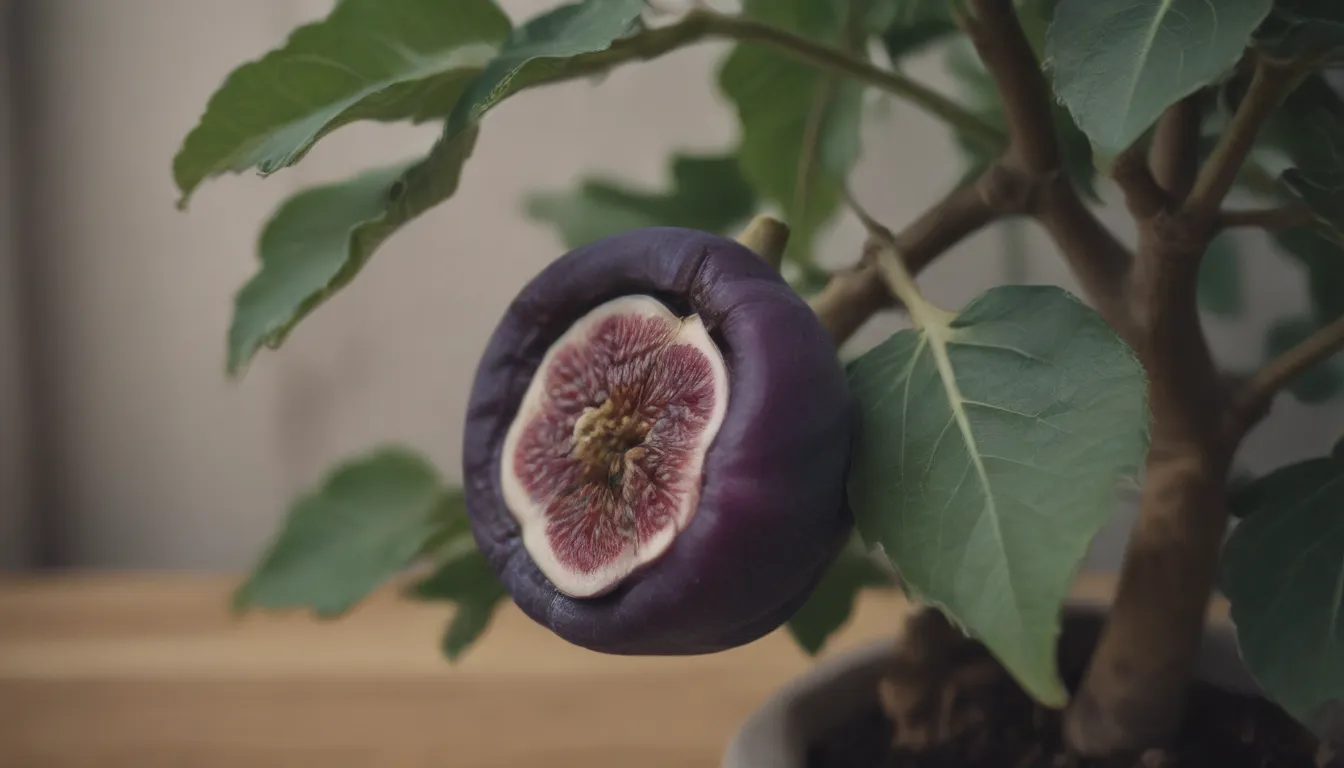
If you have ever wanted to grow your own figs, the Chicago Hardy fig is an excellent choice for a variety of reasons. This cultivar of the common fig is known for its hardiness, attractive appearance in any landscape, adaptability to small spaces, and its suitability for container-growing. The Chicago Hardy fig boasts large, broad leaves and develops a striking silver-gray bark as it matures. While its greenish flowers may not be showy in the spring, they transform into medium-sized, sweet dark figs during late summer and early fall. With its moderate growth rate, the Chicago Hardy fig can be successfully planted in the spring or fall.
Why Chicago Hardy Fig?
Ready to start growing your own figs? Here’s why selecting the Chicago Hardy fig could be the perfect choice for you:
- Hardy and resilient, able to withstand various climates and conditions
- Beautiful addition to any landscape
- Ideal for small spaces and container-growing
How to Plant Your Chicago Hardy Fig
When planning to plant your Chicago Hardy fig, it’s essential to consider the microclimate of your location and other factors.
When to Plant
If you are planting your tree directly in the ground, opt for either early spring or late fall when the tree is dormant.
Selecting the Planting Site
Choose a sheltered location, particularly in colder zones, to protect the tree from harsh winter winds and extreme cold temperatures. The Chicago Hardy fig has a low canopy, making it important to leave about a foot of clearance off the ground for mowing around the tree. Since it typically grows to around 10 feet in height, it can even be planted under power lines.
Spacing and Depth
Figs are known for their shallow and spreading roots, which can cause damage to pipes, foundations, and other structures. To prevent issues, plant your tree at least 20 feet away from such features. If space is limited, consider growing your fig in a container or raised bed. When planting, dig a hole slightly deeper than the height of the nursery container, incorporating compost into the soil. Place the tree in the hole so that it sits slightly below the surface level.
Care Tips for Your Chicago Hardy Fig
The Chicago Hardy fig requires minimal maintenance compared to other fig varieties, making it a low-maintenance option for home gardeners.
Light
Ensure your fig tree receives at least six to eight hours of direct sunlight daily for optimal growth. While it can tolerate less than ideal light conditions, this may impact fruit yield. Partial shade is acceptable in warm climates, as long as the tree continues to receive sufficient sunlight.
Soil
Plant your Chicago Hardy fig in loamy, organically rich, and well-drained soil with a pH level between 6.0 and 6.5. This cultivar can tolerate moderate soil salinity but should not be planted in direct shorefront locations.
Water
Newly planted fig trees require regular watering during their first growing season to maintain consistent moisture levels. Established trees are drought-tolerant but may require increased watering during dry spells, particularly when bearing fruit. Avoid overwatering to prevent bland-tasting fruit.
Temperature and Humidity
The Chicago Hardy fig is tolerant of a wide temperature range and is both heat and cold-hardy. Proper pruning to ensure adequate canopy airflow helps prevent issues related to high humidity.
Fertilizer
A yearly application of a balanced 5-5-5 slow-release fertilizer in early spring is generally sufficient for fig trees planted in nutrient-rich soil. Additional fertilizer may be necessary if foliage shows signs of nutrient deficiencies.
Pollination
Chicago Hardy fig is self-pollinating, meaning it does not require pollination from other trees. A single tree is all you need to produce fruit.
Harvesting Your Chicago Hardy Fig
To ensure the best flavor and quality, wait for your figs to ripen fully on the tree as they do not ripen off the tree. When the figs are deep purple or brown and slightly soft to the touch, they are ready to be harvested using pruners to cut them from the stems delicately.
Growing Chicago Hardy Fig in Containers
While the Chicago Hardy fig can thrive in containers, it may not reach the same size as an in-ground tree. Monitoring soil moisture and watering frequently, especially on hot days, is crucial for container-grown figs.
Key Tip: Water your container-grown Chicago Hardy fig when the top 2 inches of soil feel dry to the touch.
Pruning Techniques for Chicago Hardy Fig
Pruning your Chicago Hardy fig is essential for its health and fruit production, depending on your climate and growth preferences.
- Maintain good airflow in the canopy by trimming branches obstructing this.
- Remove old, grey, dead, or diseased branches during dormancy.
- Wear gardening gloves when pruning to protect your skin from potential irritation.
Propagating Your Chicago Hardy Fig
Propagation from tip cuttings is the preferred method for cloning Chicago Hardy fig trees due to its reliability and speed. Seed propagation is possible but can be unpredictable and time-consuming.
Tip: Use sharp pruners, a deep pot filled with moistened sterile potting mix, and a greenhouse dome or plastic bottle for successful propagation.
Potting and Repotting Your Chicago Hardy Fig
Select a container similar in size to the nursery container or slightly larger when potting your Chicago Hardy fig. Ensure the container has proper drainage to prevent waterlogged soil and repot the tree as needed when the roots outgrow the current container.
Overwintering Techniques for Your Fig Tree
Protect your outdoor Chicago Hardy fig from harsh winter conditions by mulching the root zone or using plant blankets or frost bags. Container-grown figs should be moved indoors before the first killing frost.
Remember: Check soil moisture regularly during dormancy and water your plant lightly as needed to prevent root drying.
Common Pests and Diseases
Chicago Hardy fig trees may be susceptible to leaf spots, anthracnose, rusts, blight, root knot nematodes, scale, aphids, and mites. Prune your fig tree regularly to promote good airflow and reduce the risk of pest and disease infestations.
In conclusion, growing and caring for a Chicago Hardy fig tree can be a rewarding experience for any home gardener. By following these tips and techniques, you can enjoy a bountiful harvest of delicious figs for years to come. Whether planted in the ground or in a container, this versatile and resilient cultivar is an excellent choice for fig enthusiasts of all levels. So, roll up your sleeves, grab your gardening tools, and get ready to enjoy the sweet rewards of growing your very own Chicago Hardy fig tree.
